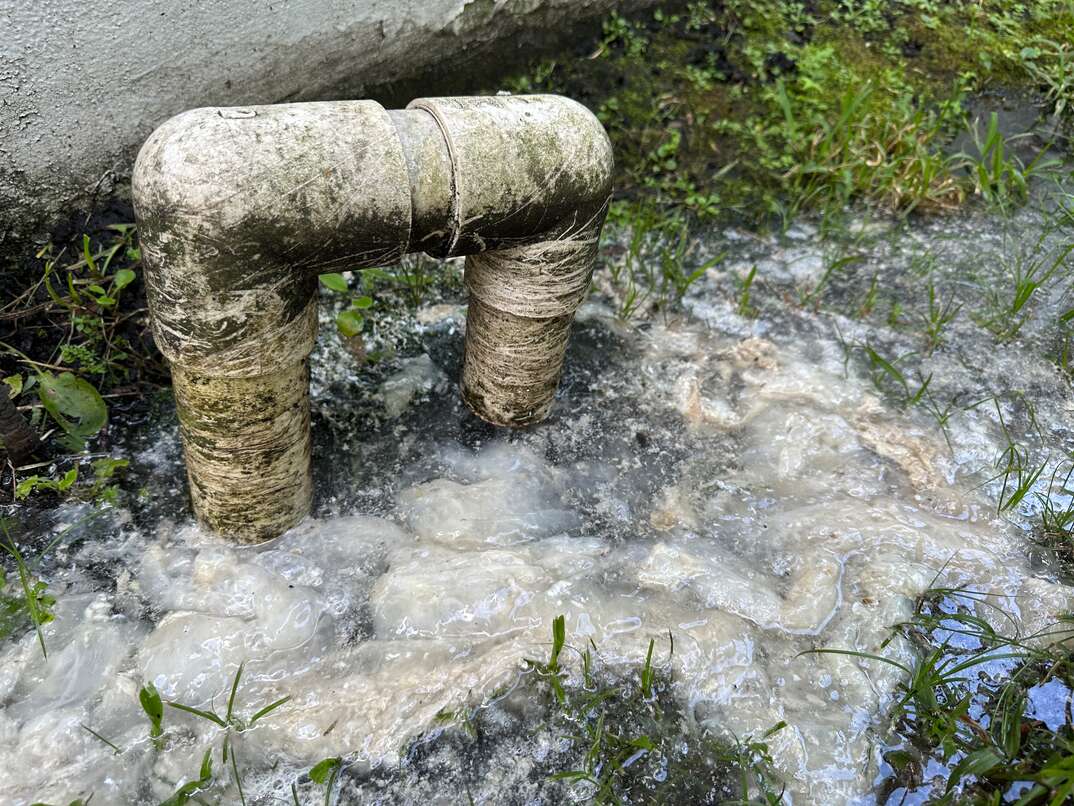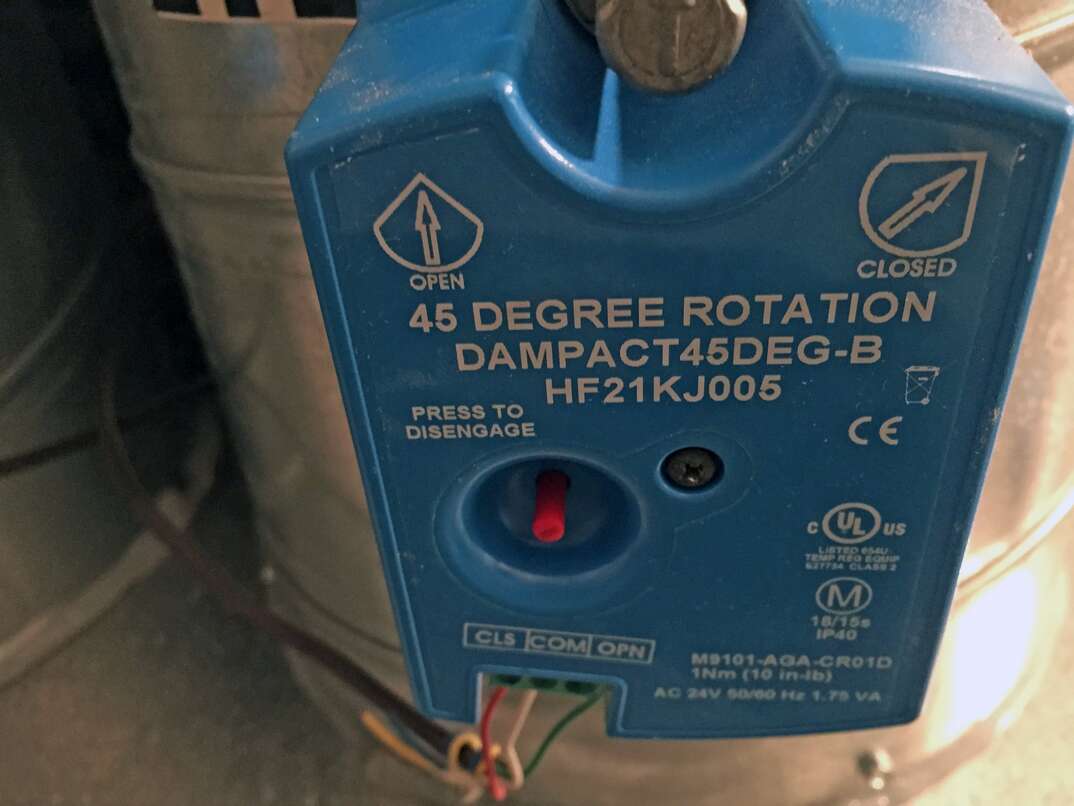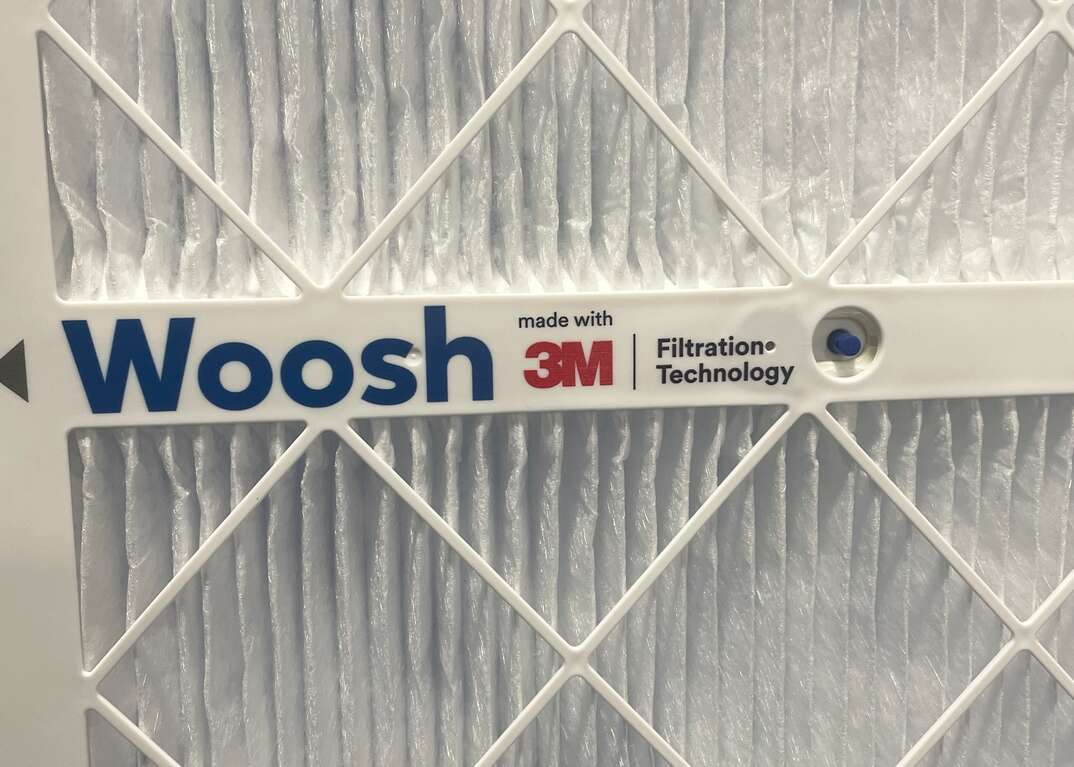Zooglea: What Is It and How Can It Harm Your HVAC System?

In the labyrinth of household maintenance, there's a term that might not be on everyone's radar but certainly has the potential to cause significant problems: zooglea. This enigmatic substance can wreak havoc on your heating, air conditioning and ventilation systems.
This May Also Interest You: HVAC System Stop Working? Try These Troubleshooting Tips Before You Call for Service
What’s Zooglea?
Zooglea, also known as biofilm, is a complex matrix of microorganisms such as bacteria, algae, fungi and other organic materials. It often forms in damp and nutrient-rich environments, creating a slimy layer that adheres to various surfaces. In the context of HVAC systems, zooglea can thrive in the dark and moist corners of ducts, coils, drains and condensate pans.
Formation of Zooglea
The formation of zooglea begins with microscopic organisms finding a suitable surface to attach to. In HVAC systems, this could be the inner surfaces of ductwork, coils or any component with persistent moisture. As these microorganisms multiply, they secrete a slimy substance that provides a protective environment, allowing the formation of a biofilm.
The increase in HVAC systems that use all aluminum coils seems to have accelerated the growth of zooglea. That's because these systems no longer have copper in their coils, which is a metal that can act as an antibacterial that helps bust the biofilms.
Zooglea and HVAC Systems: Sworn Enemies
The presence of zooglea in HVAC systems poses several challenges. One of the most immediate concerns is compromised air quality. The microbial activity within the biofilm can release allergens and other pollutants into the air that circulates throughout your living spaces. Zooglea can obstruct airflow and reduce the efficiency of your HVAC system, leading to higher energy use and elevated utility bills. It can also completely block drain lines, causing a backup of condensation that can cause your system to shut down.
Additionally, the biofilm can contribute to foul odors emanating from the vents. The microbial
activity produces volatile organic compounds that, when released into the air, create an unpleasant and potentially harmful indoor environment.
You’ll Know It When You See It
The most common place you'll find zooglea is in the drain pans or the drain lines that carry moisture away from your HVAC system. While it's common for these areas to see a buildup of other biofilms, such as fungus and algae, what distinguishes zooglea is that it is a whitish gelatinous paste, which has earned it the unfortunate name of drain snot.
When deciding if you have a zooglea issue or not, be sure not to confuse the biofilm with the oil that sometimes coats the coils and drains in the system. This can also present as a white gluey substance. In general, if your system is new and you see such a substance, it's likely the oil, and you can get rid of it with a thorough cleaning by your HVAC professional. If the system is older, then it's likely zooglea.
Preventing Zooglea Buildup
Preventing zooglea buildup is crucial for maintaining a healthy and efficient HVAC system. Here are some preventive measures:
Regular Maintenance
Schedule routine inspections and cleanings for your HVAC system. This includes checking and cleaning coils, ducts and condensate pans.
Good Filters
Installing good filters in your system with high MERV values can help eliminate the entrance of organic material into your system. This will eliminate the food source for the bacteria that lead to a zooglea biofilm. You can also run a line of masking tape around your filter to further increase its efficacy.
Proper Ventilation
Ensure proper ventilation in areas prone to moisture, such as basements and crawl spaces. Good ventilation helps prevent the stagnation of air, reducing the likelihood of zooglea formation.
Humidity Control
Maintain optimal humidity levels in your home. Zooglea thrives in humid conditions, so using dehumidifiers near your HVAC system can help create an environment less conducive to its formation.
UV-C Light Technology
Consider installing UV-C light systems in your HVAC unit. UV-C light has proven effective in inhibiting microbial growth, including the formation of zooglea.
Biocide Treatments
Periodically treat HVAC components with biocides that can eliminate or inhibit the growth of microorganisms. Consult with a professional to ensure safe and effective application.
As homeowners navigate the intricacies of household maintenance, understanding the implications of zooglea on HVAC systems becomes imperative. By unraveling the mysteries behind its formation, recognizing its potential issues, and implementing proactive preventive measures, homeowners can ensure that their HVAC systems operate efficiently, providing clean and healthy air for their living spaces.


